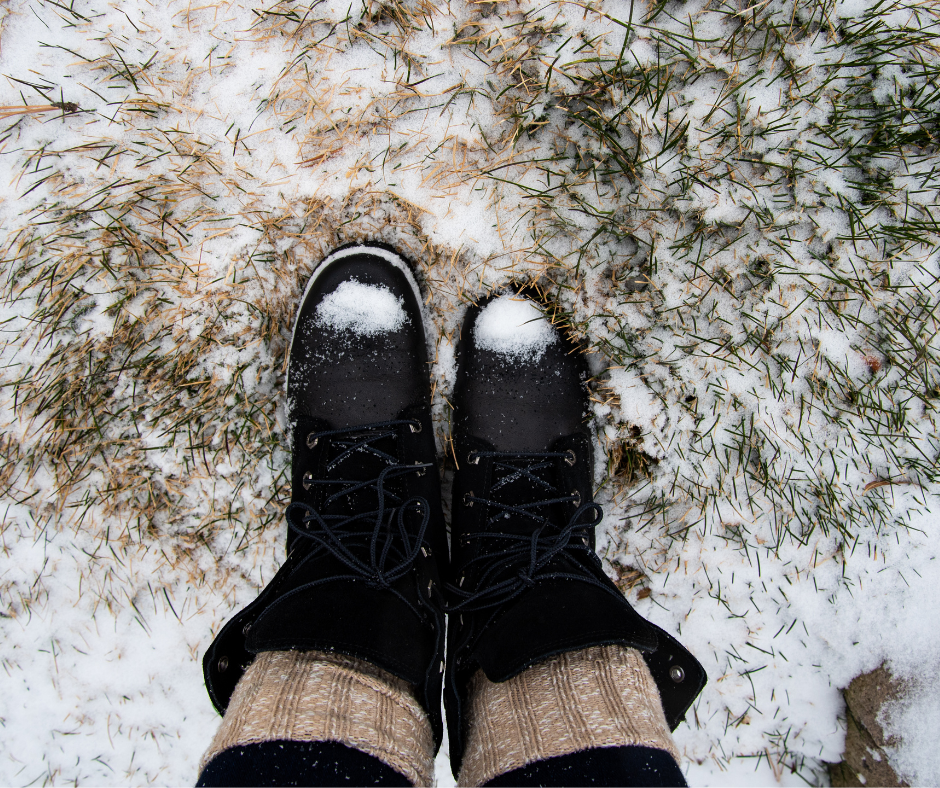
If you’re a Pennsylvania native, you know the winter season brings an abundance of rain, snow, and ice, all of which can be a hassle. Slipping on ice is one of the main reasons for pedestrian accidents during winter. Dr. Eric Ricefield, Dr. Mark Yagodich, and Dr. Aliza V. Eisen of greater Philadelphia’s Your Next Step Foot and Ankle Care Center have put together a few tips on proper winter footwear to keep you safe and on your feet!
Choosing the right footwear
Snow Boots: Snow boots are insulated and designed to keep your feet warm and toasty! They are higher than your regular shoes, which prevents slush, rain, and snow from getting into your boots.
Hiking Boots: These are great for ankle support. Selecting a waterproof hiking boot will be your best option this winter season.
Avoid smooth, flat heels and soles: This footwear typically does not have good tread or grip, which can increase your risk of falling, tripping, and slipping. If you have to wear these kinds of shoes for work, you should wear your boots during your commute and change into your work shoes when you arrive!
Avoid leather and plastic-soled shoes: NEVER wear leather or plastic-soled shoes when the forecast calls for ice, rain, or snow. These types of shoes are the worst ones to wear in winter weather due to their limited grip and traction.
DIY traction: You can help your shoes improve traction by scuffing up the bottoms. This works great, particularly if your shoes are brand new!
Traction spray: These will help improve the grip of your boots or shoes, and the spray-on adhesives protect your footwear to brave icy conditions!
One of the best things to remember during winter, regarding your footwear and safety, is that you must remain aware of your surroundings! Having even the best shoes or boots doesn’t guarantee against accidents.
You should always walk on paths that are cleared for safety. Also, give yourself extra time to reach your destination! Walk slower on slush, snow, and ice and be sure you allow for extra time to accommodate the changing weather.
One last safety issue is an invisible hazard known as black ice. By following these guidelines and wearing the proper footwear, you can reduce your risk of slipping on black ice.
Some of our patients experience discomfort in their feet or ankles during the cold winter season. This could be because of a change in footwear, or several other issues pertaining to their feet or ankles.
Don’t hesitate to reach out to the experienced team at Greater Philadelphia’s Your Next Step Foot and Ankle Care Center. Click here to locate contact information for the office nearest you.
